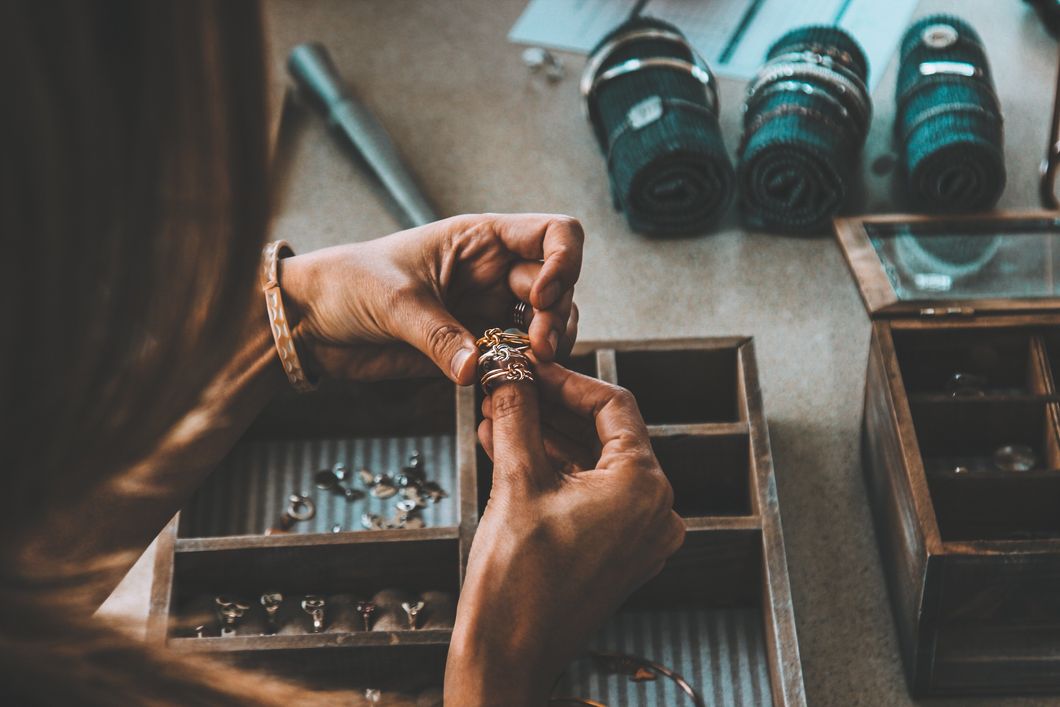As technology advances, many previously impossible ideas can be executed. One popularly debated technology is 3D printing. Ranging from printing organs out of biodegradable material and human cells to creating simple crafts and accessories, many applications could potentially stem out from this single innovation. One application that could be disruptive to the luxury industry is the 3D printed jewelry. Customers can choose what material, shape, and size of their own jewelry. In addition, one single machine can possibly produce jewelry of all price ranges, depending on composition and complexity.
These ideas are definitely appealing. However, it is important to know what we may lose. Just like any technology, its features are replacing something that currently exists — the artistry of jewelry-making. Jewelries appeared as early as the 14th century, continuing to serve as an expression of faith, protective amulet, status, and prosperity. With such significant meanings behind these items, it is easy to say that long hours of precise casting, cutting, and molding by highly experienced jewelers are one of the factors raise their values. Having automated machines replace this process may take away some meaning behind the jewelry.
It is not likely that 3D printing will completely take over manual jewelry-making, as there are cost issues related to printing expensive raw materials, like gold. However, jewelers can effectively utilize this new technology to create the initial wax model.
Ultimately, as technological advancement continues to progress exponentially, industries should take in account of the variability of the future. Rather than rejecting, learning how to use these innovations to our own advantage is the best way to go.
Here are some companies that are currently adopting 3D printed jewelry as their business model:
https://n-e-r-v-o-u-s.com/projects/
https://radian-jewelry.com/shop/
http://www.pronto3d.it/portfolio-pronto3d/


















